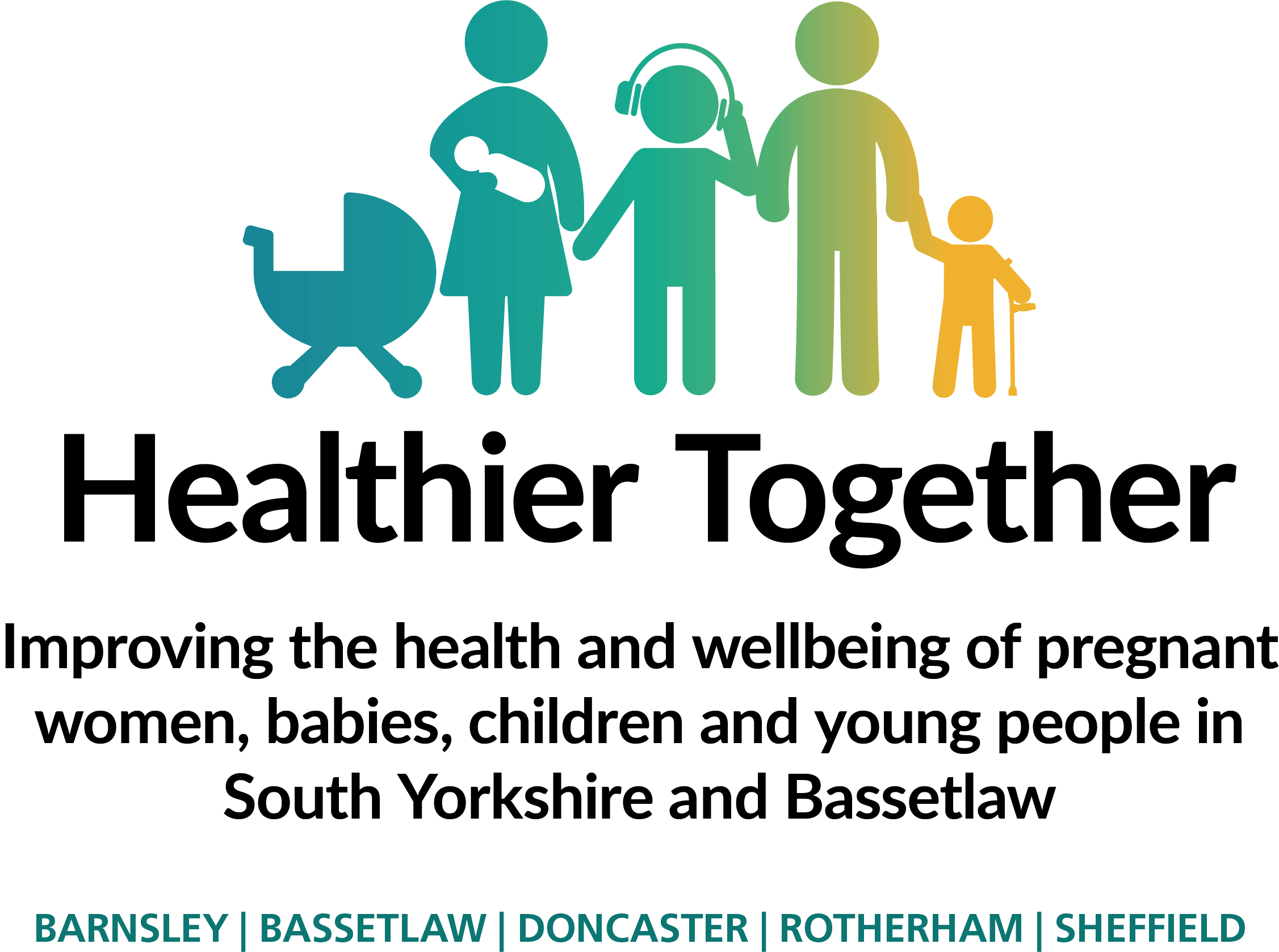Children living in a damp home are up to 3 times more likely to have breathing problems. Damp can cause mould to grow on the walls. Mould is a type of fungus. If you have got mould at home, you will probably notice fuzzy black, white or green patches on the walls, ceilings or tiles. It might smell damp and musty.
Mould is more common in homes which need repairs. You might notice it’s more damp and mouldy in bathrooms or kitchens because of condensation from washing and cooking. Condensation happens when water in the air comes into contact with a cold surface e.g. wall or window.
Why are damp and mould a problem for asthma?
Asthma and Lung UK describe how living in a damp, mouldy home is not good for your child's asthma.
- Mould produces spores which can be breathed in. If your child is allergic to mould spores they might have symptoms like coughing, wheezing, sneezing or watery eyes. It could trigger their asthma symptoms.
- Damp and mouldy housing can put your child more at risk of other things that can make their asthma worse like chest infections, colds and flu, and rhinitis (irritated nose).
- Dust mites are more of a problem in homes that are damp and warm.
What to do if you’ve got damp and mould at home
It is best to act quickly to sort out the problem before it gets worse. You need to:
- Deal with the damp. Find out what’s causing the damp, such as leaks, or condensation from cooking, showering or drying clothes indoors.
- Report any repairs needed or leaks, or problems with mould. If you’re living in social housing then contact your housing association or local authority. If you’re renting privately, Shelter have information about talking to your landlord/landlady. They provide further advice if your private landlord won’t do repairs.
- Get support if you are struggling to keep your home warm and dry. Citizen’s Advice offer advice on grants and benefits to help you pay your energy bills and on switching energy supplier. You may be able to access support from affordable warmth services in your local area such as help with repairing your boiler if you are on a low income. The affordable warmth webpage gives contact details for services available to people living in West Yorkshire. Visit our page on keeping your home warm for further advice.
- Deal with the mould. Don’t try and get rid of any mould by yourself if you have asthma that is triggered by mould. Ask a friend to help. Get a mould removal specialist or builder in if the mould covers more than 1 square metre or if it is caused by problems with the building itself or sewage.
5 top tips to reduce damp in your home from Asthma and Lung UK
- Open windows and doors so air can move around. Be careful on high pollen or high pollution days if these are triggers
- Try to avoid drying clothes indoors. If you have nowhere else to dry them, open a window if you can
- Use extractor fans in the kitchen and bathroom. Open a window when cooking or after a shower or bath
- Close the door of the room you are in if you are cooking or showering to prevent condensation in other rooms
- Try to keep your home at a good background temperature so it never gets too cold. At least 15 degrees in all rooms
Tips for treating mould in your home
- Remove the cause of the damp
- Clean off mould using a mould spray e.g. containing bleach
- Leave to dry overnight and then spray the area with an anti fungal wash following the manufacturers instructions
- Redecorate using mould-resistant paint
Further information and support
Advice on condensation, damp and mould from the centre for sustainable energy.
Shelter provide advice on damp in rented homes and what to do if it is affecting your families health.
Asthma UK also provide advice about mould and damp.
The West Yorkshire Health and Care Partnership Affordable Warmth webpage lists contact details for Affordable Warmth services in West Yorkshire.
Home energy saving tips from Groundwork’s Green Doctor energy efficiency experts give tips on setting your storage heater to save money, reducing energy costs from appliances within your home, saving money by adjusting your hot water temperature, using programmers and thermostats to make sure you aren’t wasting heat, draught proofing to save money and keep warm, and installing radiator foil to keep heat in.
You may also be able to get help from your local council:
Bradford Council Housing Options Service: Telephone 01274 435999
Calderdale Council Housing Options Service: Telephone 01422 392460
Kirklees Council Housing Services: Telephone 01484 221350
Leeds Council Housing Services: Telephone 0113 222 4444
Wakefield Council Housing Needs Service: Telephone 01924 304360 or 01924 304362
Craven District Council Housing Services: Telephone 01756 706475




